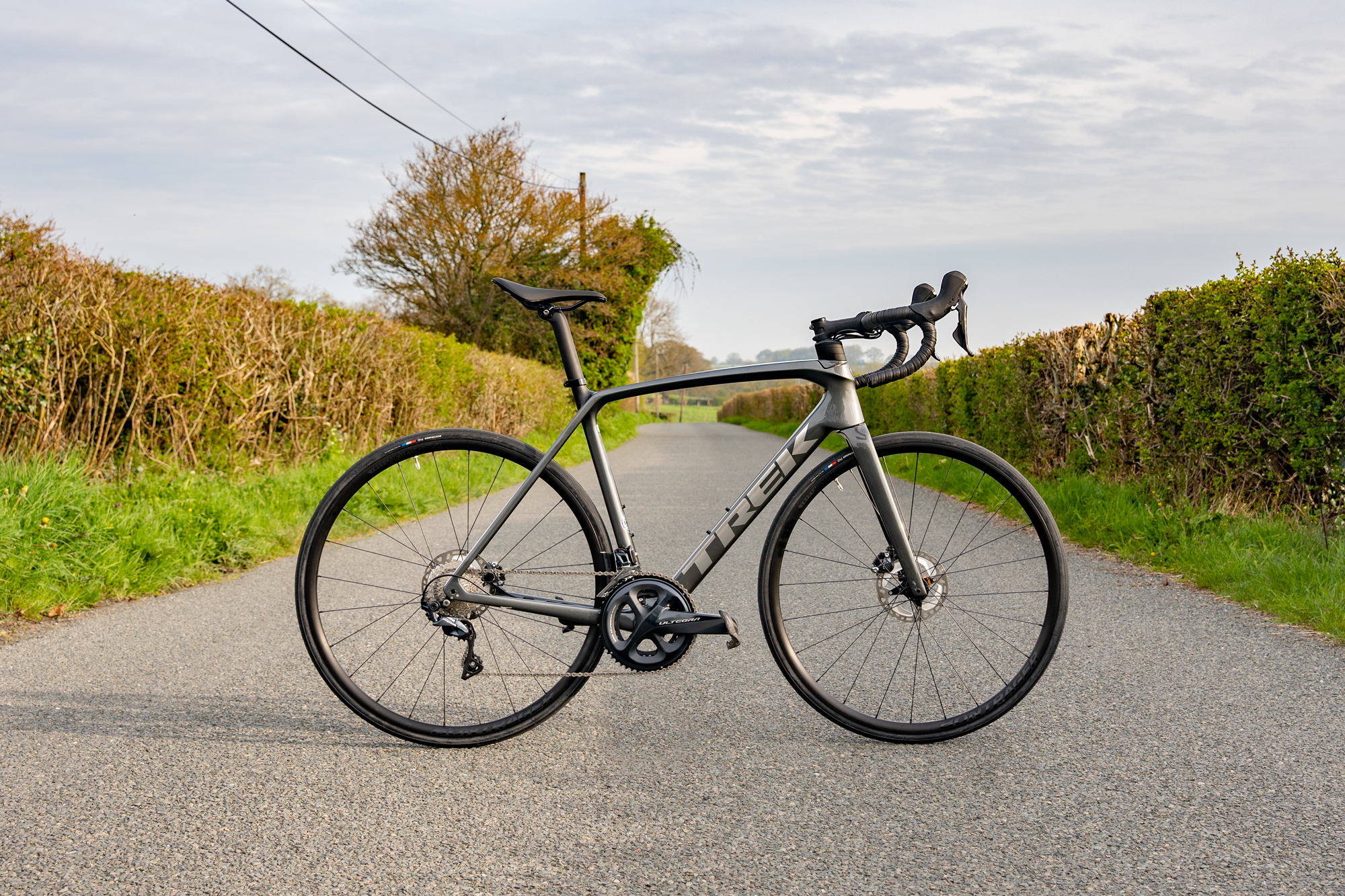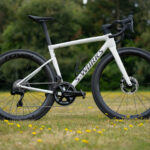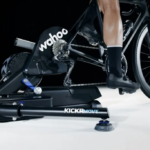When it comes to finding the ideal road bike, the choices can be overwhelming. With numerous brands, models, and features available, it’s important to understand how to select the right one for your needs. In this guide we will walk you through the essential factors to consider when choosing a road bike that matches your riding style, budget, and preferences.
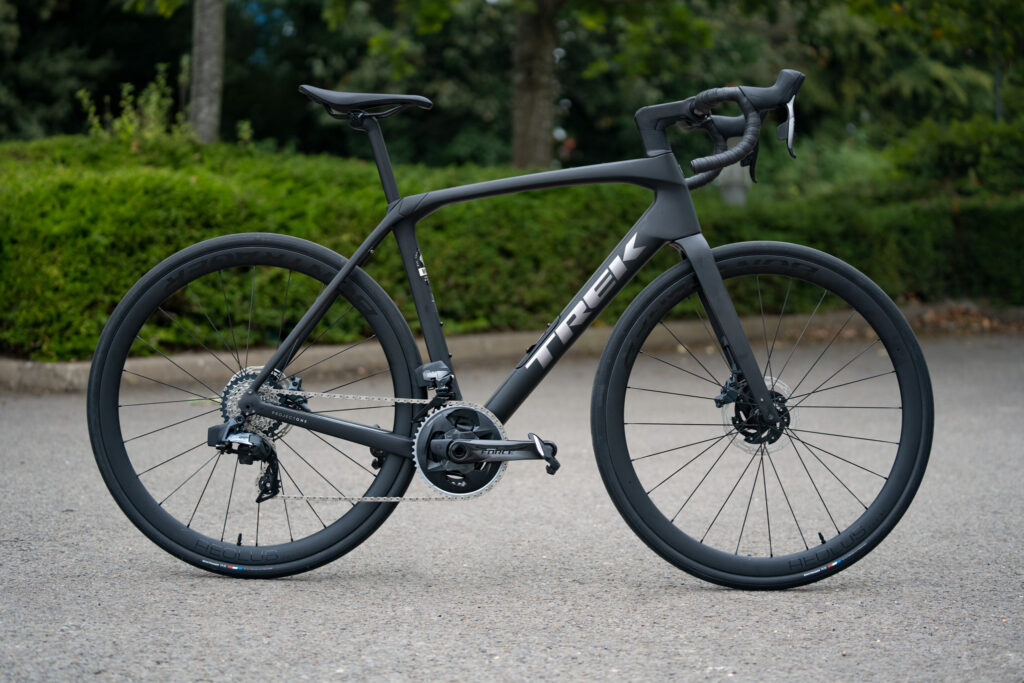
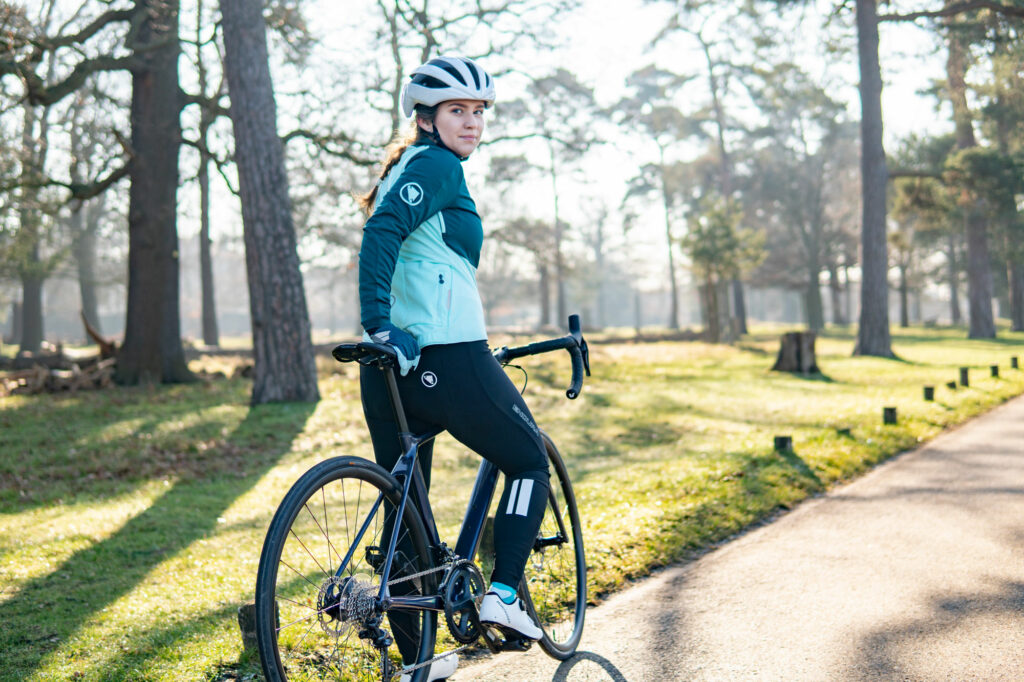
Determine Your Cycling Goals
The first step in selecting the correct road bike is to clearly define your cycling goals. Are you looking for a bike to commute to work, do you want to ride long distances, participate in racing, or simply enjoy recreational rides on weekends? Identifying your primary purpose will help narrow down the options and prioritize features that align with your objectives.
For example, a rider looking to ride long distances would be best placed on an Endurance style road bike – this bike takes comfort into consideration as much as speed/efficiency. Whereas someone who is planning on racing may sacrifice some of that comfort to make their race bike as fast as possible through more aggressive, aero positioning (among other things).
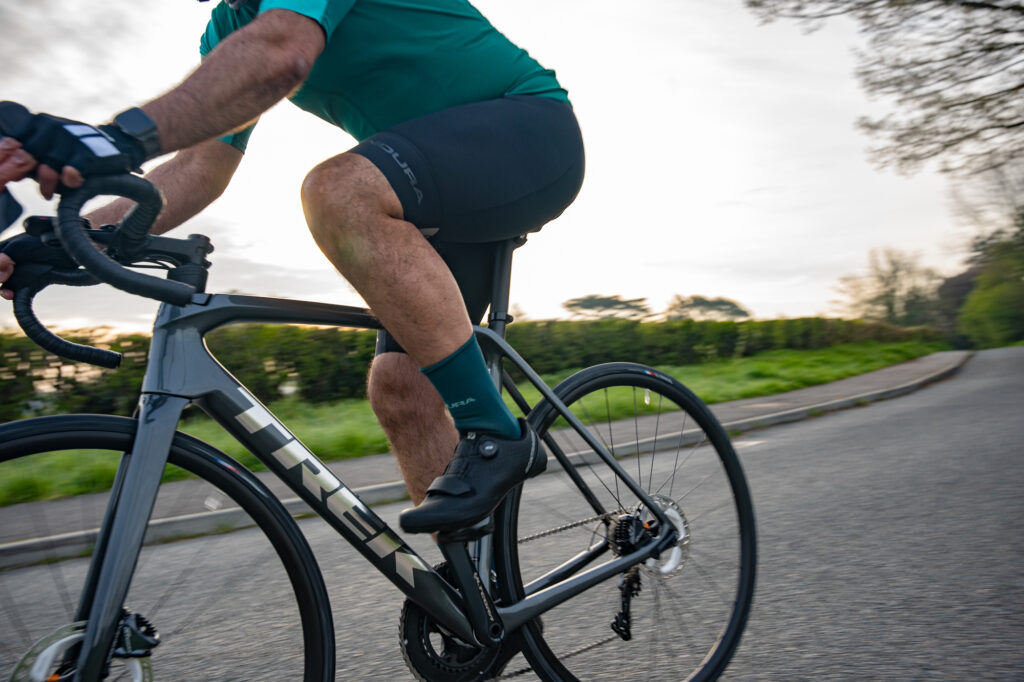
Which Frame Material?
The frame material plays a vital role in determining the bike’s weight, durability, and ride quality. The most common frame materials for road bikes are aluminium, carbon fibre, and steel. Aluminium frames offer affordability and stiffness, while carbon fibre frames provide lightweight and enhanced vibration damping. Steel frames are known for their durability and comfort. Consider your budget and priorities to decide which material suits you best.
The weight of the bike will certainly influence how easy/efficient it is to pedal, but it is not the only contributing factor. The bikes geometry, gearing and your own fitness all have a part to play, so don’t feel pressured into going carbon if you don’t feel it meets your current budget requirements.
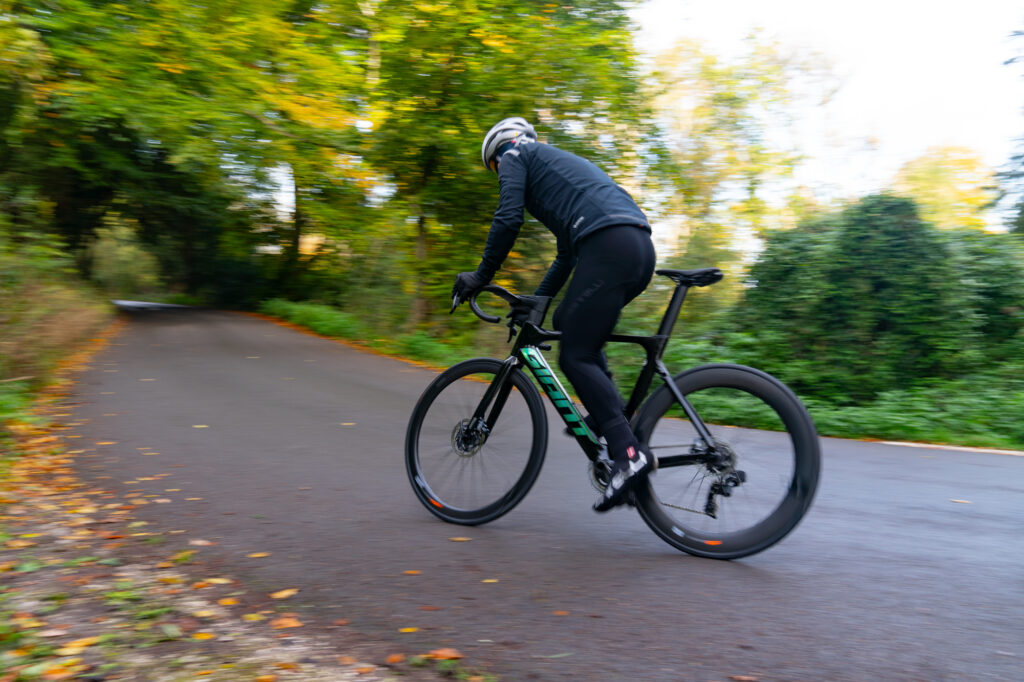
Bike Fit & Geometry
Ensuring your bike fits you properly is crucial for comfort and performance. Different road bike geometries suit different riding styles. Some bikes have an aggressive racing geometry, while others offer a more relaxed and upright position which would be better for big, long days in the saddle. Visit a local bike shop or consult with a professional bike fitter to determine the correct frame size and geometry that matches your body proportions and riding preferences if you are unsure.
*Beginner tip: Geometry refers to the different angles of various parts of the bike (for example, the seat tube angle), or the angle between 2 different parts of the bike (eg. Reach – the horizontal distance from the centre of the bottom bracket to the centre point at the top of the head tube). Each of these angles have an impact on the way the bike feels to ride and what it’s best used for.
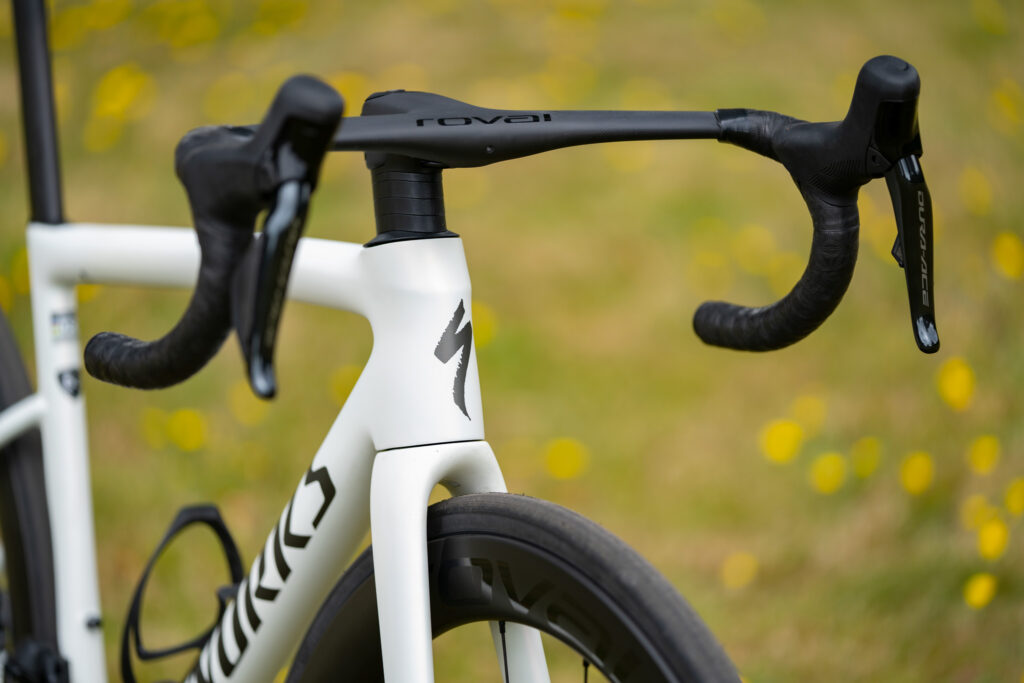
Components & Groupset
The components and groupset on a road bike include the drivetrain, brakes, and other parts. These components affect the bike’s performance, shifting quality, and overall weight. Well-known component manufacturers like Shimano and SRAM offer various groupsets catering to different budgets. Choose a groupset that suits your riding style and budget while considering the gear ratios and number of gears that align with your terrain and fitness level (more on that below). Nowadays you’ll also need to decide if you want electronic or mechanical shifting!
Many road bikes of today are equipped with hydraulic disc brakes – these will give you maximum stopping power and confidence to really attack on your descents. However mechanical disc brakes or rim/caliper brakes will still get the job done, particularly if you are riding flatter routes or on more cruisy rides.
If you’re looking to make your bike as light as possible then you can get all sorts of carbon components that will help shave off the weight. These will generally come in at a higher price point but when you’re at the sharp end of racing, or looking to take some new KOMs every gram counts!
Of course, Carbon components are a luxury, not a necessity so don’t worry – you can get plenty of excellent kit across the full spectrum of price points.
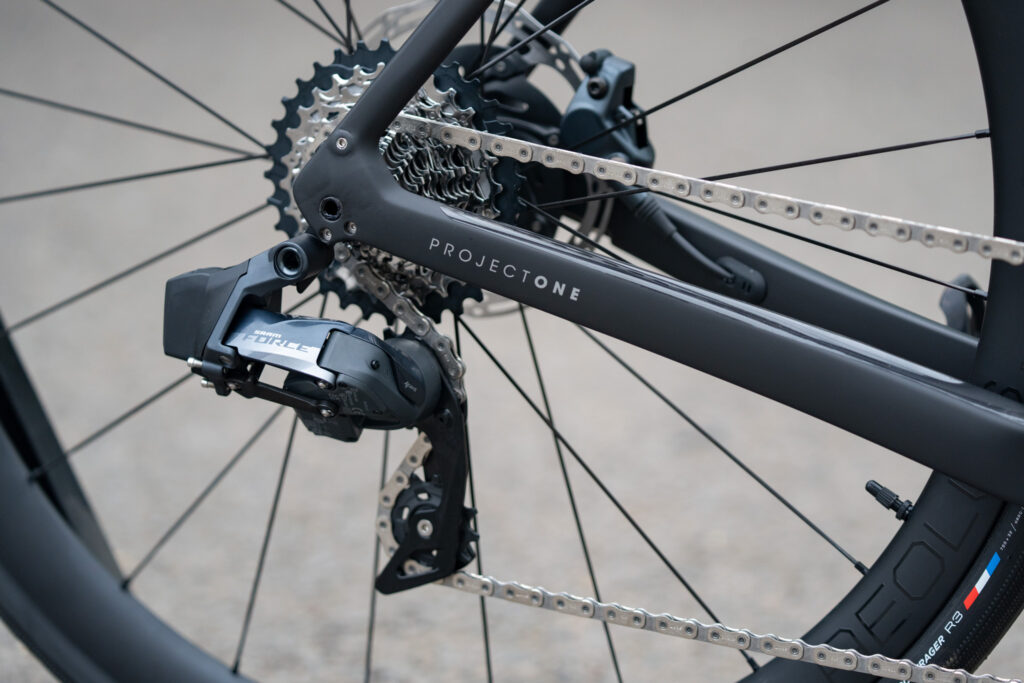
Gearing
Choosing the right gearing/gear ratios can help enhance your efficiency, maintain optimal cadence and make tackling different terrains more manageable.
For example, if you’re planning on riding routes with big hills or mountains, you’re going to want gears that give you the best chance of getting from bottom to top without having to take your bike for a walk! Generally this would mean a larger cassette on the back with smaller front chainrings.
If you’re riding mostly flat routes, you’ll be looking for gearing that will help you maintain a steady pace.
You should also factor your current fitness level into your selection – if you’re just starting out you may want to choose slightly easier gearing to help you start tackling those hills while you build fitness. Whereas a more seasoned rider may choose a harder gearing to help them maximise their power output.
One more thing to note, as mentioned above – you can now choose from mechanical or electronic shifting. Electronic shifting comes in at a higher price point, but you’ll benefit from quiet, silky smooth shifting, and in theory you shouldn’t need to index your gears (but micro-adjustments can be made if needed). Gear cable changes will be a thing of the past!
The good news is you can always change your gearing later if your priorities change!
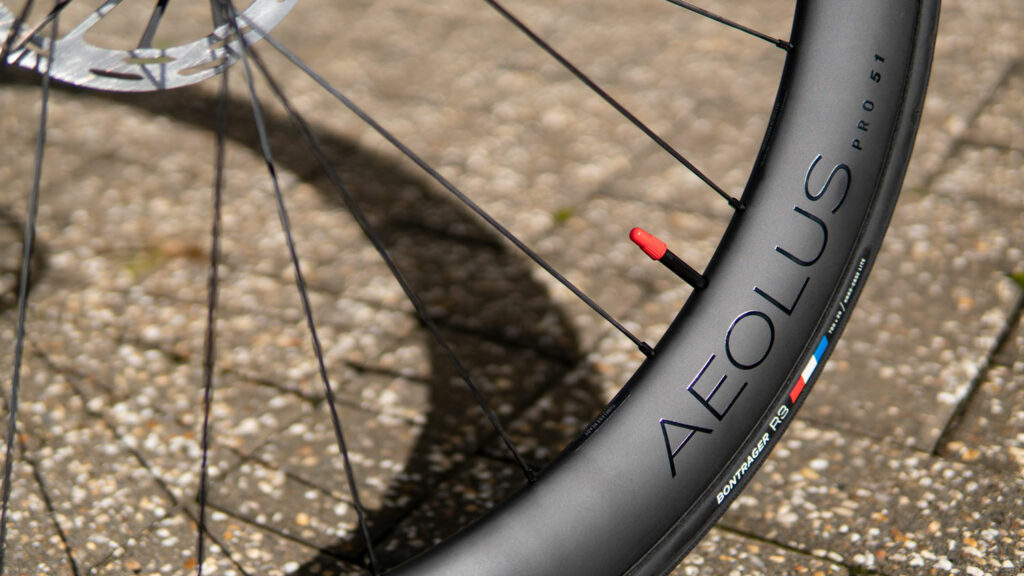
Wheels & Tyres
Wheels and tyres significantly impact the ride quality, speed, and comfort of a road bike. Consider the type of riding you’ll be doing and the road conditions you’ll encounter. For example, lightweight carbon wheels are excellent for climbing, while deep-section (or deep-dish as you may see them referred to as) aerodynamic wheels are beneficial for time trials and fast-paced rides.
Additionally, tyre width plays a role in comfort and traction. Wider tyres provide more stability and a smoother, comfier ride.
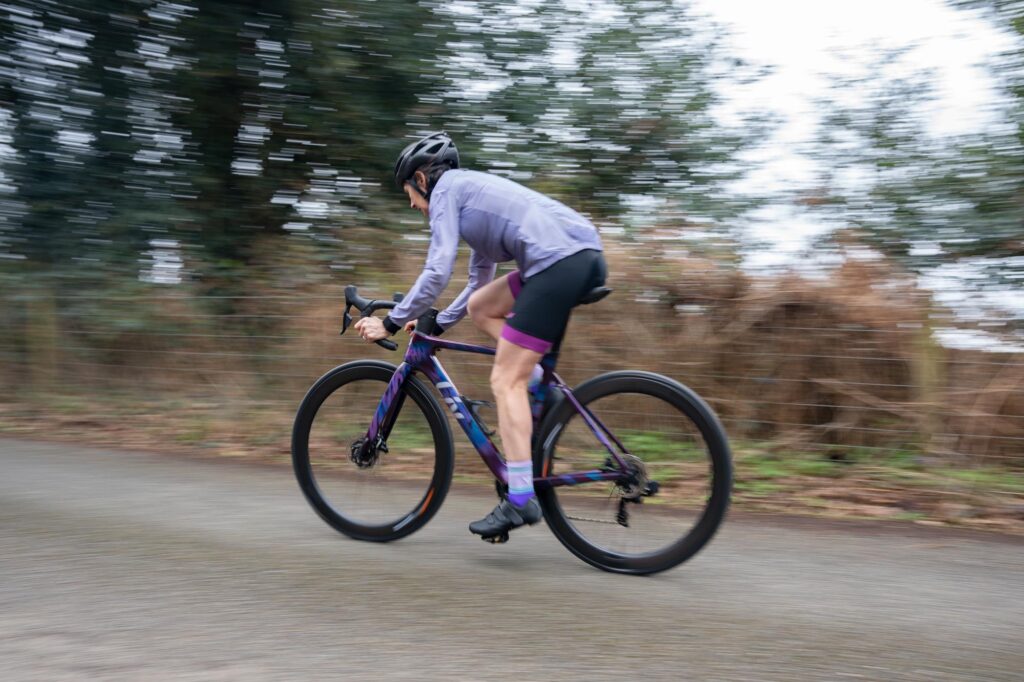
Test Rides
There’s a wealth of info and reviews online, but sometimes it’s still hard to gauge if a bike will be right for your exact needs and preferences.
Before making a final decision, try to test ride some of your shortlisted bikes. Even if it’s just a ride round the car park it should give you a good idea of the sizing and geometry that will work for you.
To conclude:
Choosing the right road bike should be an exciting experience. By taking the time to consider how and where your bike will primarily be used you should then be able to choose what style of bike would be best.
If you would like some help or advice choosing the right bike, then please do get in touch with our support team or visit one of our 12 stores across London & the Southeast. Our team will be happy to help.
To see our full range of road bikes from Trek, Specialized, Giant & more please click the button below.

